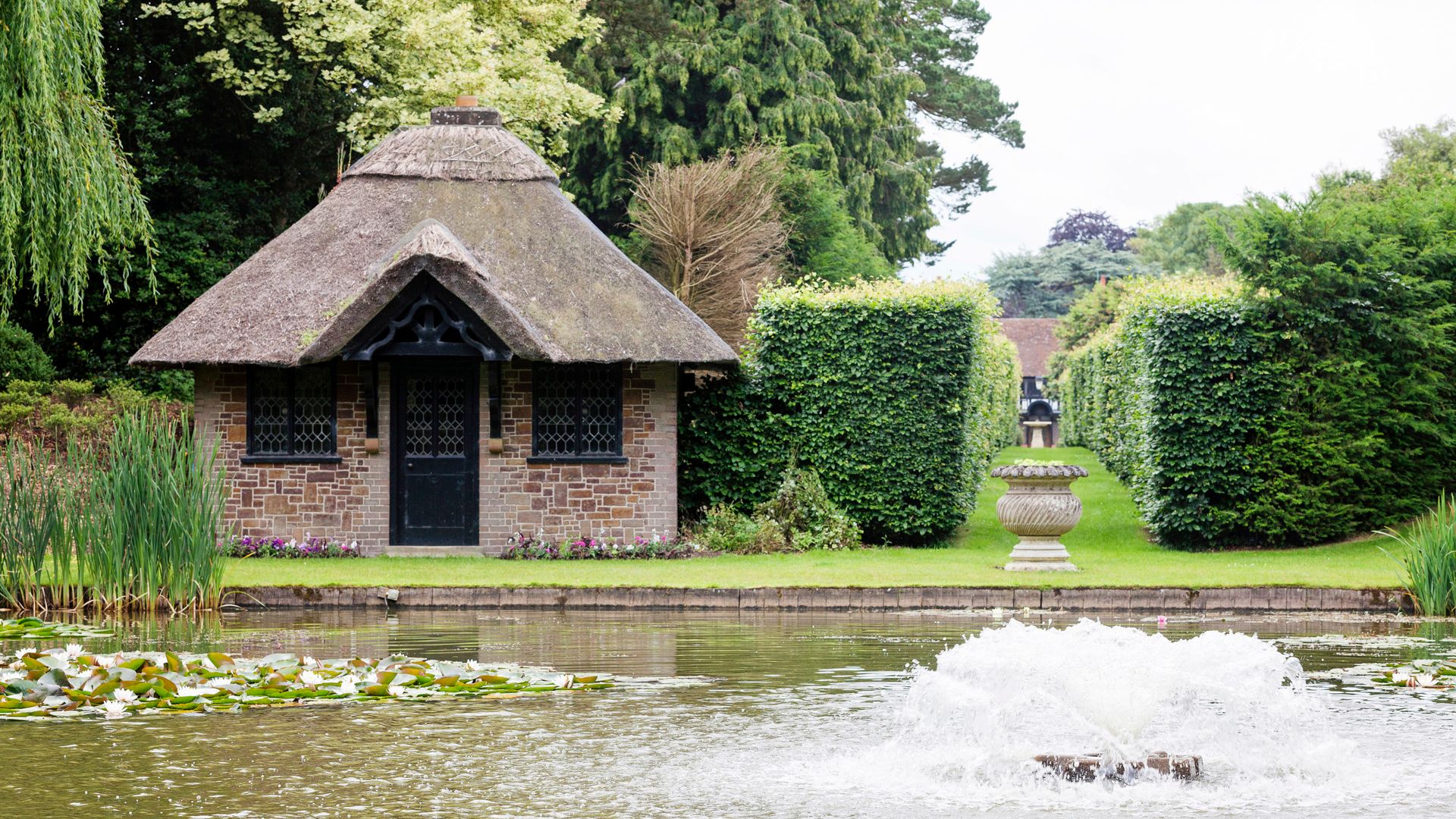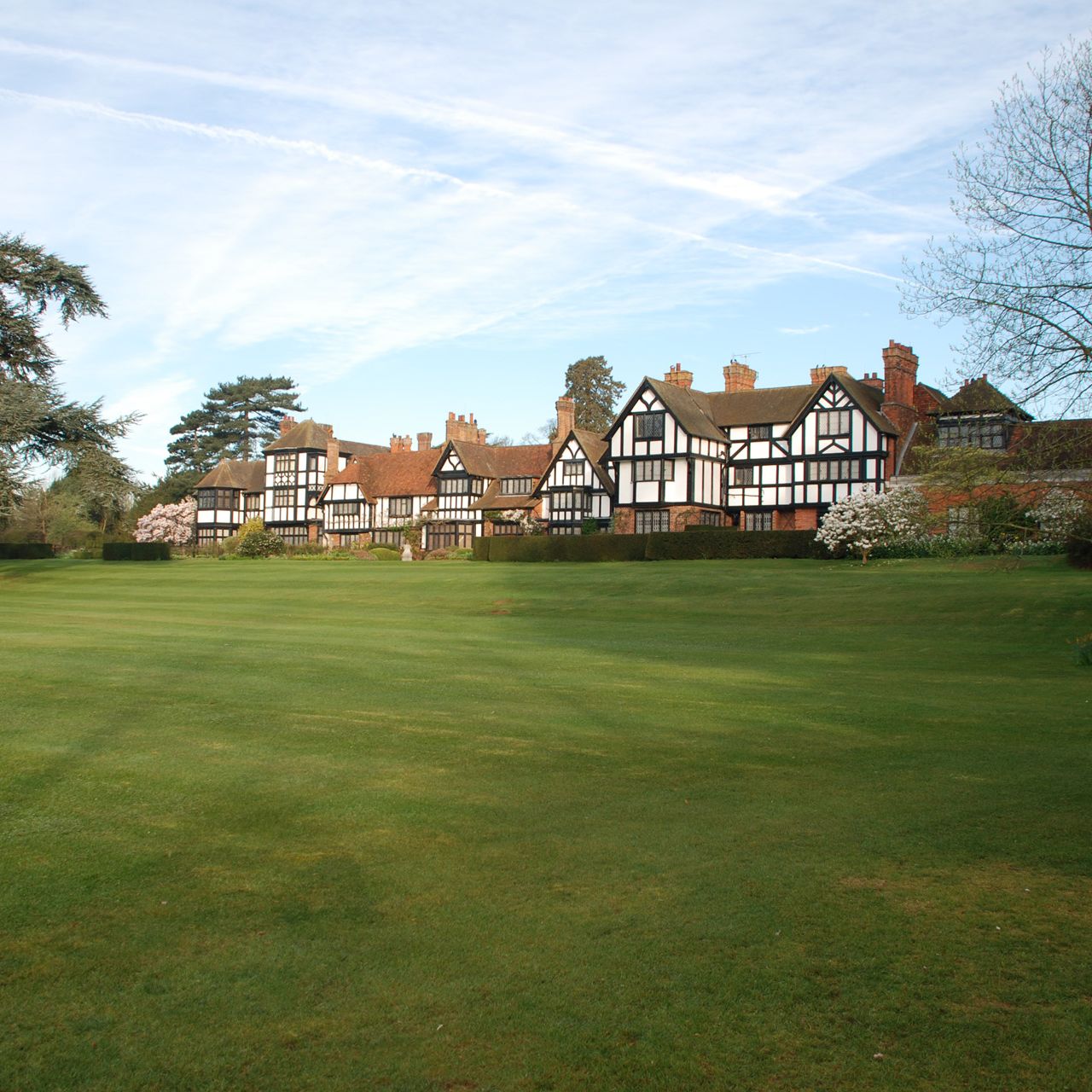In 1937, Ascott was inherited by Leopold’s son, Anthony de Rothschild and his wife Yvonne, who brought substantial changes to the house. Extensive remodelling saw 37 rooms removed or restructured. The dark oak, moulded ceilings and Victorian fittings were replaced with lighter wood, bigger rooms and simpler designs. These changes can be seen in the house today.
Ascott History
Discover the art and history at Ascott House, where the past feels very present. The house’s history is intertwined with the Rothschild family’s, whose legacy endures in the walls, collections and rich surroundings of Ascott House.
Victorian & Edwardian Eras
Ascott’s transformation from humble, early-17th-century farmhouse to grand Edwardian manor is extraordinary. It began in 1874 under the new owner, Leopold de Rothschild. With the guidance of architect George Devey, the farmhouse was remodelled and expanded to create Ascott Cottage, then a well-appointed hunting lodge and later, a sizeable Edwardian country house.
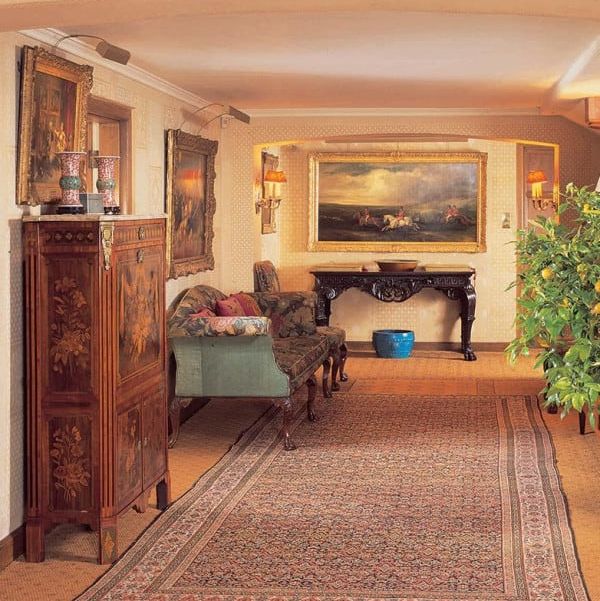
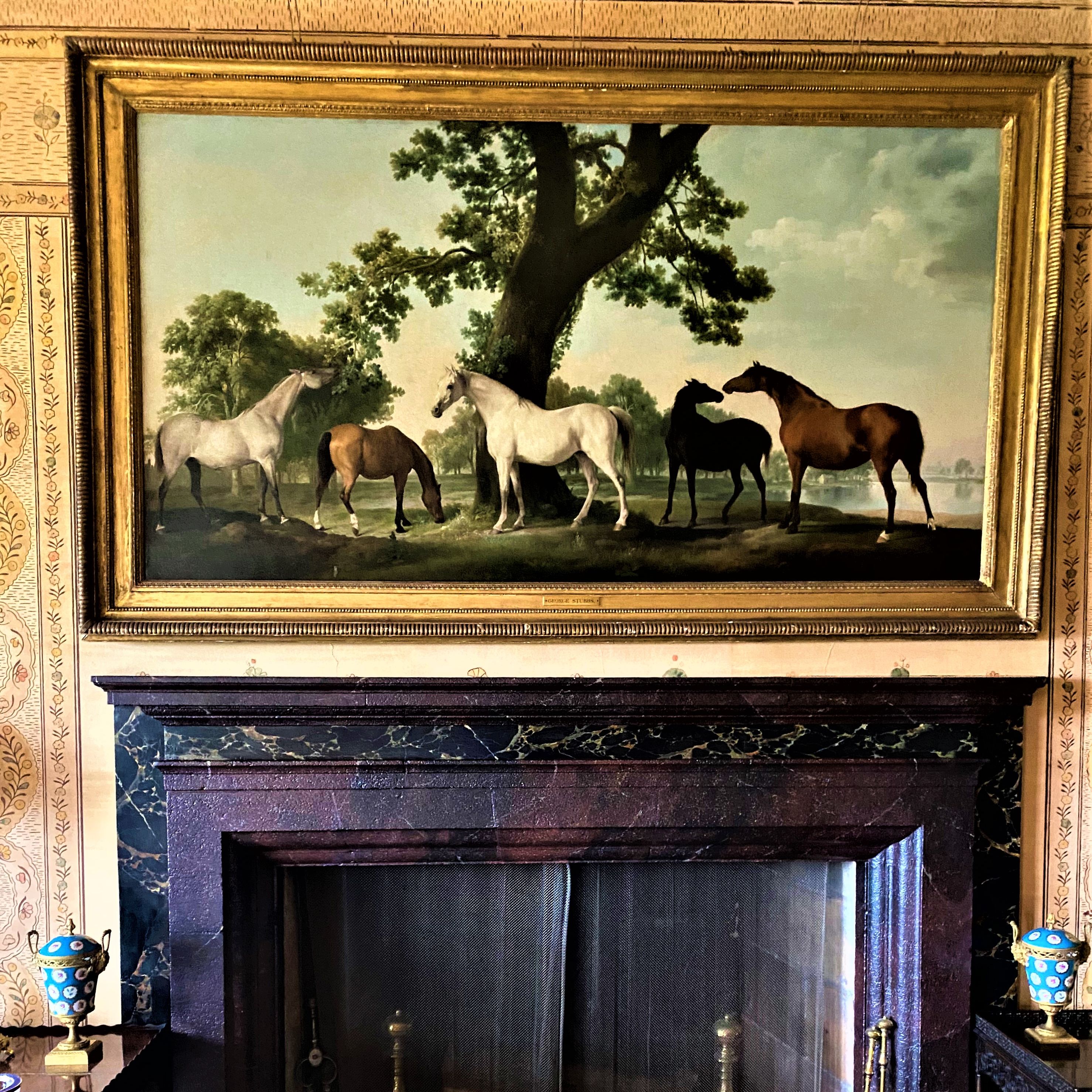
Although the house’s main structural changes were completed in the ’30s, more recent interior additions include the Dining Room’s blue-and-white Dutch tile-effect trompe l’oeil, introduced by Sir Evelyn de Rothschild in the 1980s. Chinoiserie cases were added to the Porcelain Room in the 1990s so Anthony de Rothschild's collection of Chinese porcelain could be displayed.
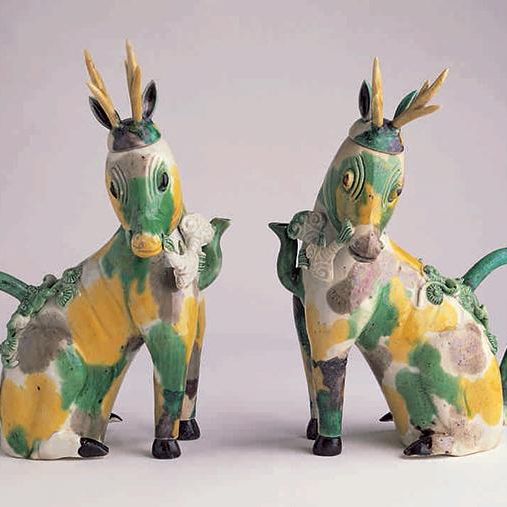
Anthony de Rothschild donated Ascott House, the grounds, and the Ascott Collection to the National Trust in 1947. The collection contains works of art by Thomas Gainsborough, Auguste Rodin and George Stubbs, along with rare Chinese porcelain.
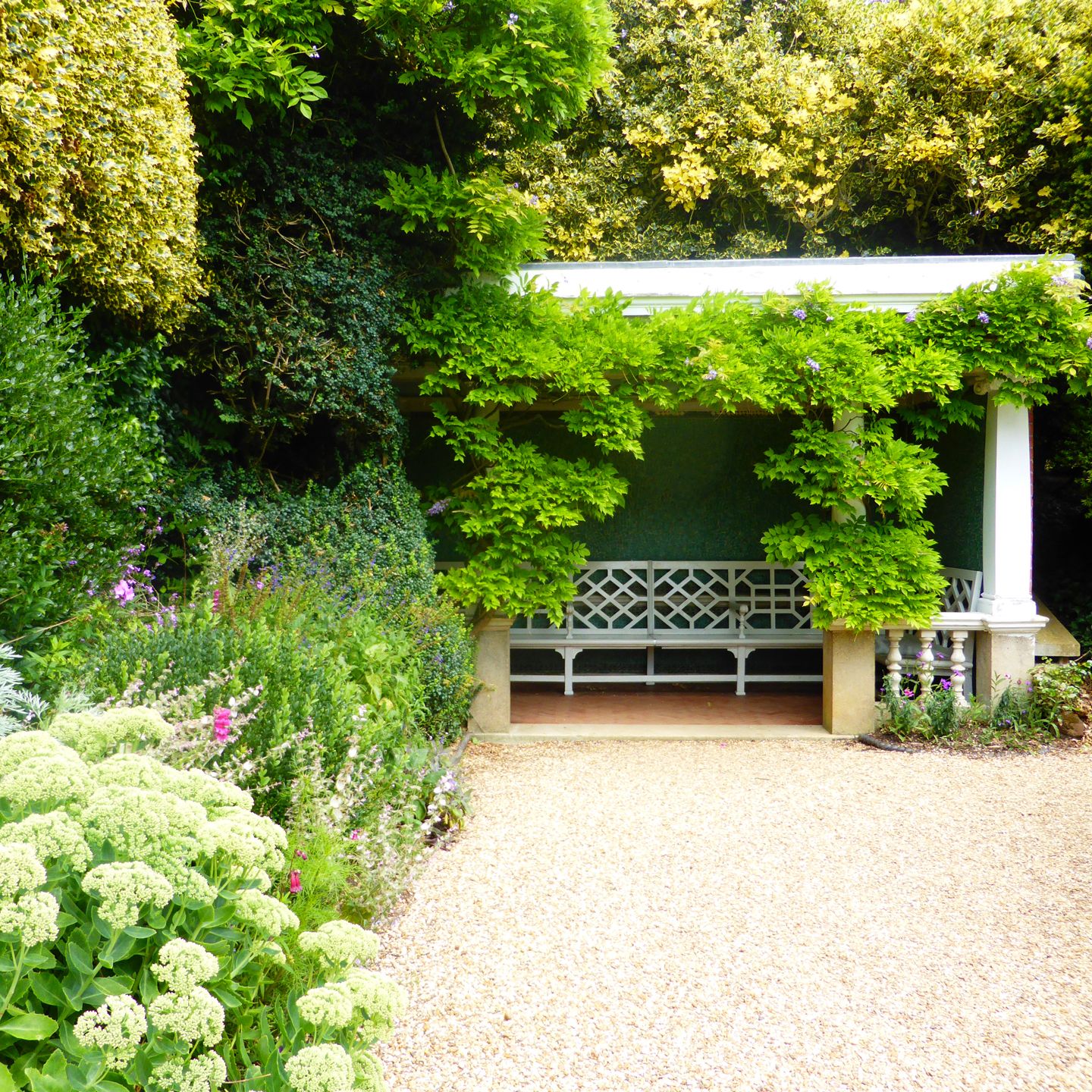
Encompassing 30 acres, Ascott’s gardens are a fusion of formal and contemporary planting schemes. Many of the changes were initiated by Leopold de Rothschild, and the garden’s earliest transformations include the main formal features: the evergreen Topiary Sundial, Madeira Walk and the Venus and Dutch gardens. 21st-century additions added a contrasting contemporary appeal.
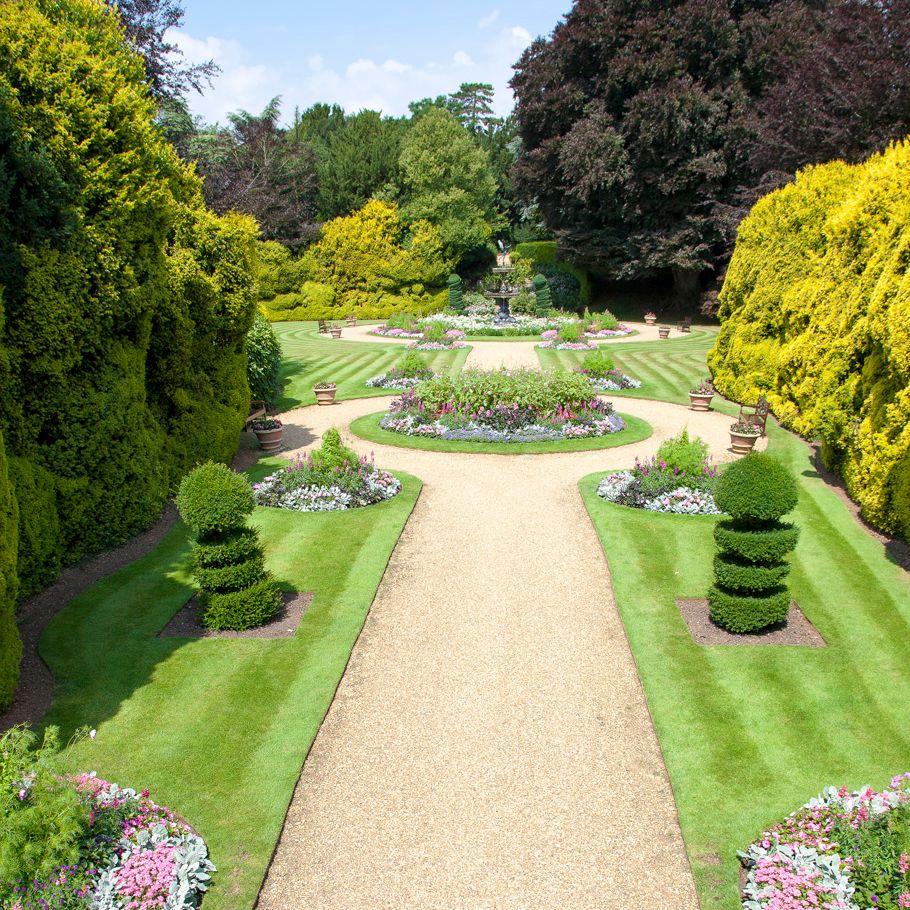
Like Ascott House, the big changes in the Gardens came under the ownership of Leopold de Rothschild. The Topiary Sundial was created, with its romantic inscription, along with the Jubilee Plantation, established for Queen Victoria’s Diamond Jubilee in 1897.

Decades of development and refinement followed as Ascott’s unusual mix of the formal and the natural flourished. Contemporary additions include the rugged Cornish slates of the Ascott Circle by Richard Long and the Lynn Garden, with its landscaped circles, infinity pools and moated islands, both added to Ascott in 2006.

